Today’s research will exactly explain what causes cavities in teeth. I am writing this article after losing one of my teeth due to a cavity attack last week.
If you ask any 10 familiar people around you about the oral disease, surprisingly 1 among them might share with you that she/he has tooth decay. Cavity, caries, tooth decay whatever you call it, has become a common issue nowadays.
According to WHO (world health organization), almost 3.5 billion people are affected by oral disease and cavities have the worst record. According to Global Burden of Disease 2017, Cavity is the most common oral disease throughout the world. The causes are many, at the same time the remedies are also there. Go through all the points to get your desired answer.
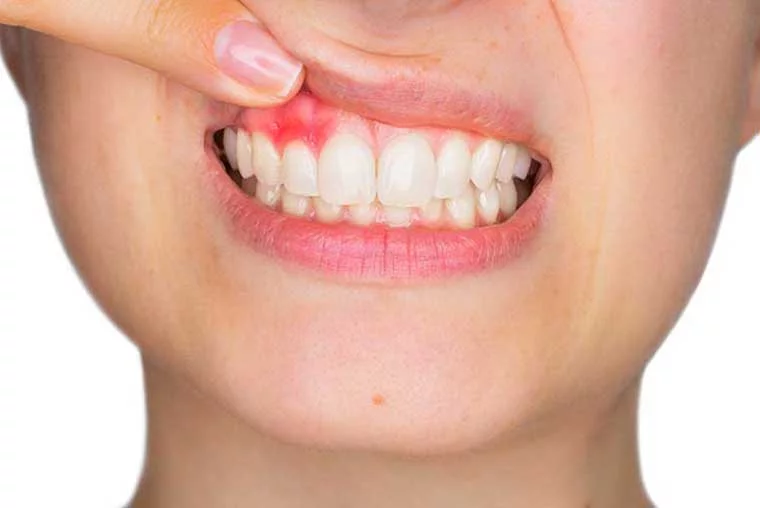
What is Cavity or Tooth Decay?
A cavity is a tiny hole in your tooth that develops when the enamel, the tooth’s strong outer layer, is damaged. Even if you don’t feel a cavity developing at first, it can cause discomfort in the long run. Cavities, also known as tooth decay or caries, are due to a number of causes, like bacteria in the mouth, excessive snacking, drinking sugary beverages, and not brushing the teeth properly.
Cavities begin smaller and grow larger over time if they are not controlled. Since several cavities do not cause discomfort at first, it can be difficult to notice that there is a problem. In more severe cases, a cavity can necessitate a root canal, which is dental treatment. Tooth decay can be detected early with regular dental visits.
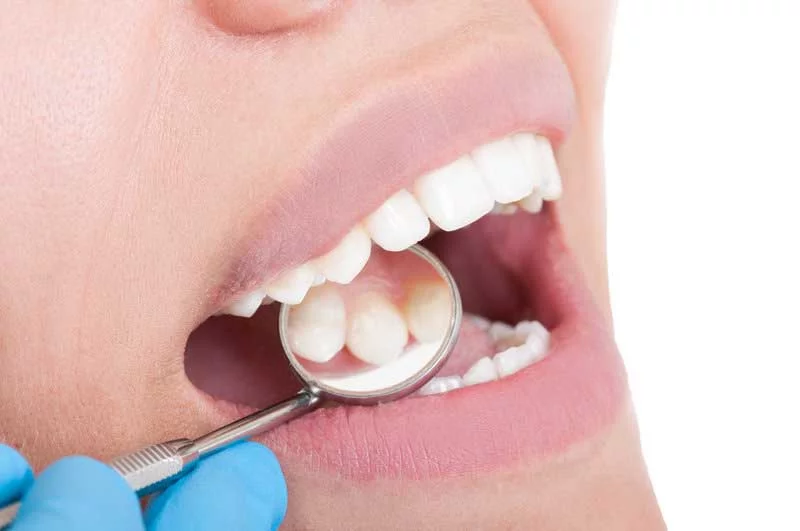
What causes tooth decay?
There are certain causes that result in cavities but the main cause of cavities is the damage of the enamel of your tooth. Enamel, a protective film, covers the teeth in a very thick layer. Enamel is primarily composed of minerals, such as calcium, that crystallize into hard elements to protect the nerves and blood vessels in the tooth.
Enamel is really important for our teeth’ health. Enamel is not able to heal itself because it is not alive. Tooth enamel is continuously under attack, this is an issue. Your mouth is brimming with bacteria that are constantly producing plaque, a sticky film on your teeth.
These bacteria generate acid when you consume sugary foods, which can weaken your tooth enamel. When you have a weaker tooth enamel you are welcoming cavities to enter your teeth. Thus cavity is born to give you unlimited pain for an uncertain period of time.
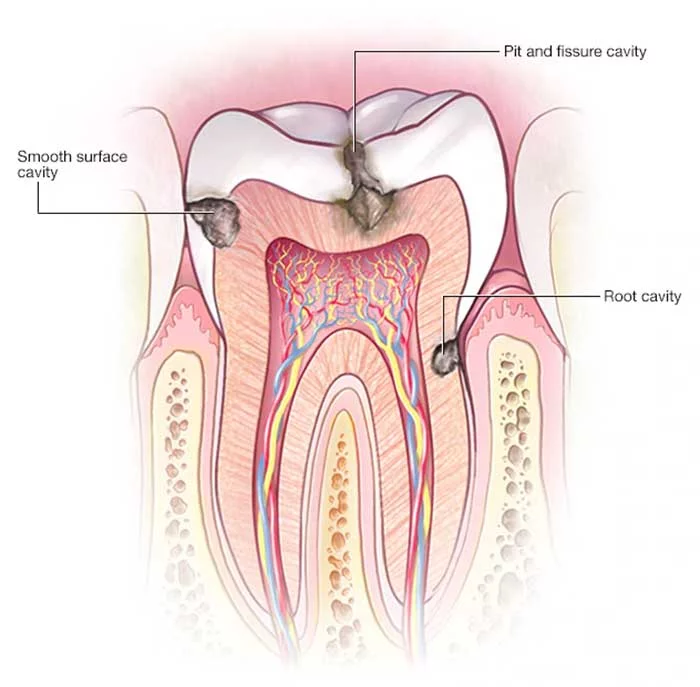
What causes cavities in teeth? (3 Stages)
Cavity takes the final situation by going through three stages. Plague is the reason behind cavity and the plague develops within these three stages

01. Formation of Plague
Plaque is a sticky, translucent film that covers the teeth. It’s caused by a diet where high starch and sugar are present, dental hygiene is also responsible for this. When you forget to remove molecules such as glucose from your teeth, bacteria feed on them, and thus plaque forms. Tartar can form when plaque remains on your teeth, either below or above the gum line. Tarter is the best friend of the plague. Tartar helps the plaque to remain on the tooth and allows plaque removal more difficult and acts as a protector of the bacteria.

02. Plague Attack
Plaque acids dissolve minerals in the strong outer enamel of your teeth. Cavities begin as tiny openings or holes in the enamel. The erosion soon starts to become bigger. As a result of this erosion, bacteria and acid will penetrate the dentin layer of your teeth after areas of enamel have been stripped away. No longer enamel can protect your teeth now. This new coating is softer and less acid resistant than enamel. We often feel sensitivity which is caused by tiny tubes in the dentin that interacts directly with the nerve of the tooth.
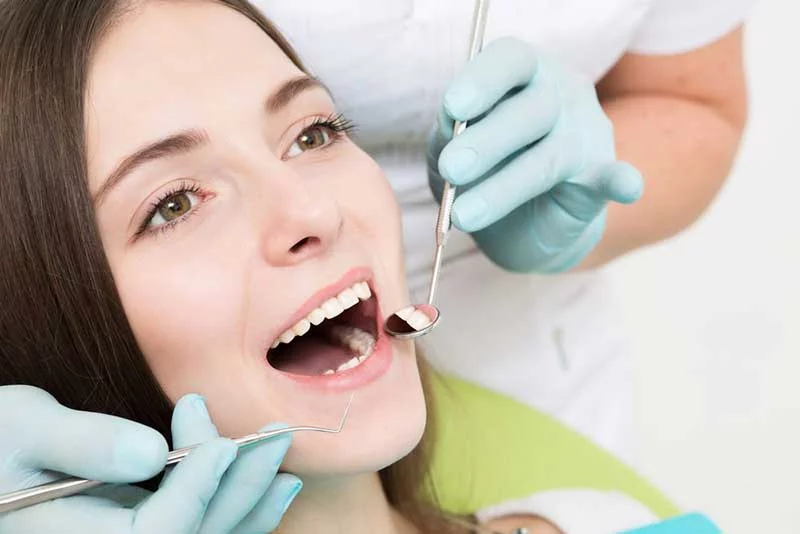
03. The Final devastation
Bacteria and acid begin to migrate through teeth as tooth decay progresses, passing next to the internal tooth material (pulp), which includes blood vessels and nerves. The bacteria cause the pulp to swell and become irritated. Since there is no room inside a tooth for swelling to spread, the nerve gets squeezed, causing pain. Discomfort may also stretch to the bone beyond the tooth base.
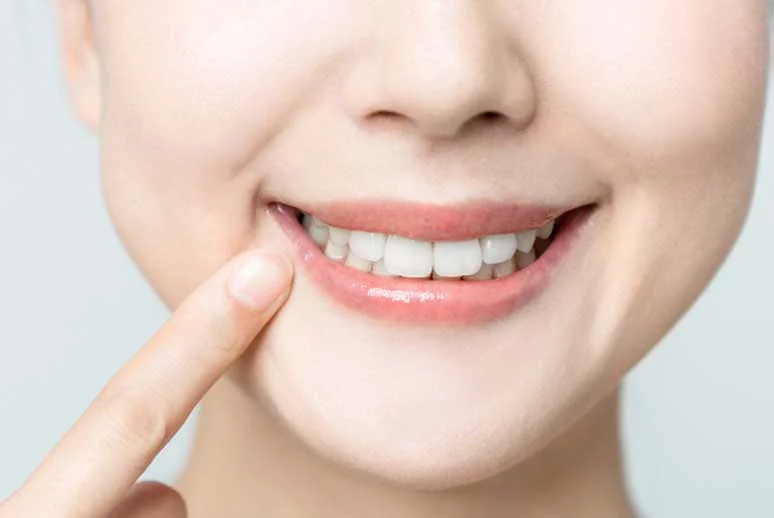
Habits which are the Causes of Cavity
Cavities may affect everyone, but certain people are at a higher risk than others. The following are some of the risk factors:
- Consuming too many sugary or acidic foods and beverages
- A bad oral hygiene regimen, such as not brushing or flossing on a regular basis
- Not having enough fluoride
- Dry mouth
- Eating disorders, such as anorexia and bulimia
- Acid reflux disease, which can cause stomach acid to wear down your tooth enamel

Why do you Feel Pain from the Cavity?
In 2011–2012, a study shows that almost 91 percent of adults in the United States had cavities, but many of them were unaware of it. It is because cavities usually don’t really cause pain until they have progressed far more into the tooth to damage the nerve underneath it.
A throbbing toothache is a symptom of possible tooth injury. A toothache may be caused by tooth decay or a cavity. If there is an infection in the tooth or the gums covering it, pulsating tooth pain may occur. An infection or inflammation in the tooth is the most common cause of toothaches. This is known as pulpitis.
Your tooth’s soft pink pulp helps to keep it safe and alive. Tissue, nerves, and blood vessels are all found in the pulp of the tooth. A tooth cavity or crack allows air and germs to enter the tooth. This can cause tooth pain by irritating and infecting the delicate pulp nerves. And for that reason, you feel unbearable pain in your teeth.

Does Sugar Rots Teeth?
Yes it does. Sugar is not only harmful to your body but also harmful to your precious teeth. Sugar damages your teeth with Plaque. Hundreds of bacteria live in your mouth. Some bacteria are beneficial to your health, whereas others, such as Streptococcus mutans and Streptococcus sobrinus, may cause significant damage to your dental enamel. Plaque, a translucent and adhesive that grows on the surface of your teeth, is where these bacteria congregate. Such bacteria are the cause of dental decay, and they’re also why sugar consumption is so bad for your teeth.
Sugar supports plaque bacteria, which produce acids as a result. When you consume sugary foods, the bacteria that live in plaque attracts you. The sugars in your fetus provide food for these bacteria. After your meal, you should wipe away these sweets with a toothbrush, destroying the bacteria and stopping it from damaging your tooth enamel. When you choose not to, the bacteria in plaque will begin excreting acids onto the surface of your teeth about twenty minutes after your first bite. This one is recognized as an “acid attack,” as earlier we mentioned, and that is how dental decay problems begin with sugar. These compounds deplete the minerals in your teeth’ enamel, causing decay.
Plaque bacteria release enzymes on your teeth, which strip minerals from your tooth’s white, protective outer layer, known as dental enamel. This is referred to as “demineralization.” Fortunately, your mouth is still fighting this cycle, as substances in your saliva, such as phosphate and calcium, work to repair and reinforce your dental enamel after such an acid attack. Saliva, on the other hand, can only go so far as to protect the teeth. If you consume sugary snacks for an extended period of time, the acid attacks will finally triumph. Too much acid on your teeth can eventually weaken the dental enamel due to mineral depletion, resulting in tooth decay. These erosion points will gradually grow into a wide hole recognized as a cavity. And this is how sugar rots your pearl-like teeth.
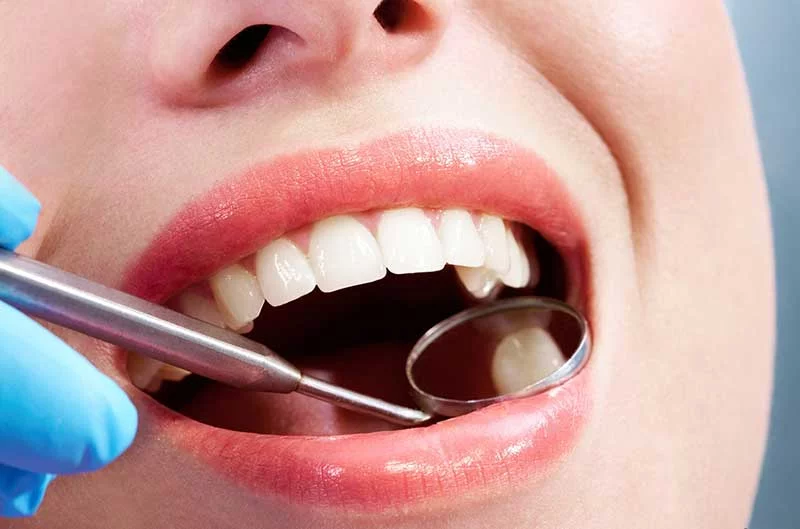
Symptoms Of Tooth Cavity
Cavities may often become so large that bacteria enter the gums or the bones somewhere under the teeth. This can result in excruciating, relentless pain and also life-threatening infections. If you have a slight cavity, you can note the following symptoms:
- Sensitivity to the touch, which can feel like a prickling or burning sensation on the teeth
- Occasionally, toothaches that are relieved by pain relievers
- One side of the mouth is sensitive, particularly while chewing harder foods
- Teeth darkening, such as yellow, white, or spots of brown color
- Some signs can appear when a cavity becomes very large or causes a tooth abscess
- severe pain that can only involve one tooth
- A dull ache that won’t go away
- Pain in the gums ranges from throbbing and stinging to pounding or burning swelling and nausea
- A fever that causes discomfort in the jaw, head, or gums
- Tooth pain that is intense enough to prevent you from sleeping or going about your everyday activities
So if you have the above symptoms written, just visit a dentist without further due

Can Sinus Cause Toothache?
Yes, a toothache may be caused by a sinus infection or inflammation, especially in the upper back teeth, which are close to the sinuses. In reality, pain in the top jaw is a common sign of sinus problems. If you have a constant toothache, schedule an appointment with your dentist for an examination.
He or she will look for tooth scraping, periodontal disorder, cavities, or dental abscesses as potential causes of toothache. Visit your physician if your dentist has ruled out a dental explanation for your toothache. He or she will look and see whether the toothache is caused by a sinus infection or another underlying medical issue.

How To Get Rid of Cavity?
Regular dental checkups can detect cavities and other tooth decay until they trigger bothersome symptoms or worsen more serious issues.
The earlier you visit a doctor, the higher your hopes of reversing and avoiding tooth decay in its early stages. If you treat a cavity until it becomes painful, you won’t require intensive care. There are several treatment services available, including:
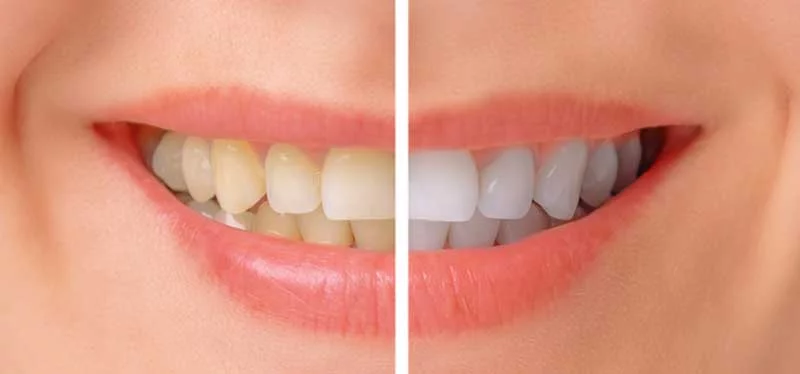
01. Fluoride Treatment
If the crack has just recently begun, a fluoride medication may be able to help repair your tooth’s enamel and even reverse a cavity in its early stages. Fluoridated water levels in professional fluoride treatments are higher than that found in water from the tap, toothpaste, and mouth rinses. Fluoride treatments can be applied to the teeth as a liquid, gel, foam, or varnish, or they can be put in a small tray that fits on your teeth.
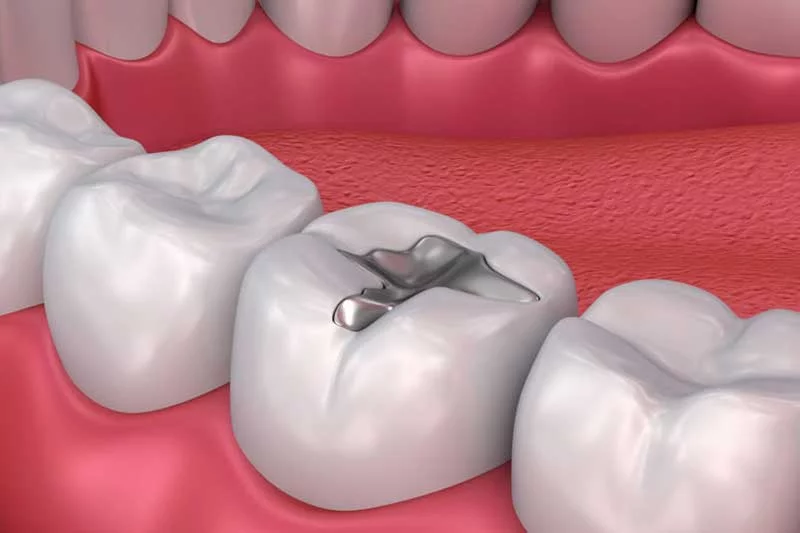
02. Filling
You need a filling When decay has advanced past the early stages, fillings, also known as restorations, are the standard treatment choice. Fillings may be made of a variety of materials, including tooth-colored resin composites, porcelain, or a mixture of materials called dental amalgam.
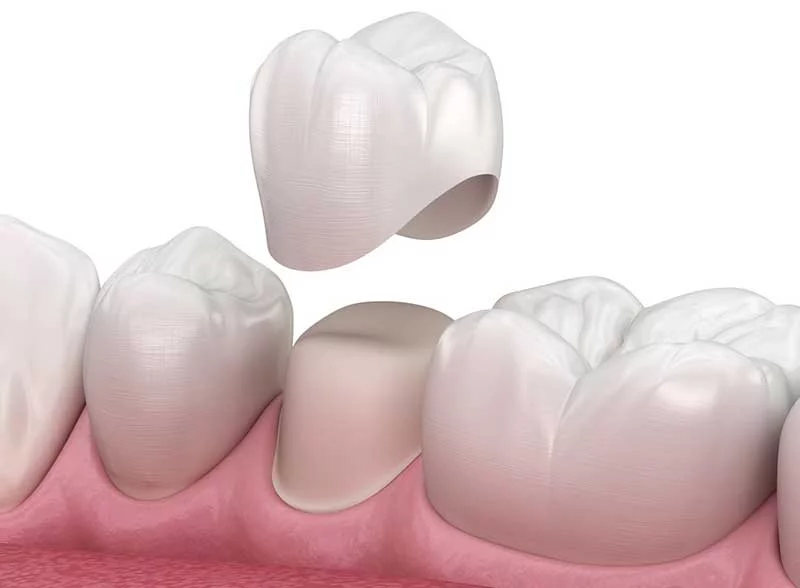
03. Crowns
A crown is a custom-fitted covering that covers your tooth’s entire natural crown may be required if you have significant decay or damaged teeth. Your dentist removes all of the decayed area as well as enough of the remaining tooth to ensure a good match. Gold, greater porcelain, resin, porcelain fused to metal, and other materials may be used to make crowns.

04. Root Canals
It is a form of decay treatment. You will need a root canal if decay has reached the inner substance of your tooth which is also known as pulp. Instead of extracting a severely damaged or contaminated tooth, this procedure repairs and saves it. The infected pulp of the tooth is removed. To clear any infection, medication is often injected into the root canal. The pulp is then replaced by a filling.
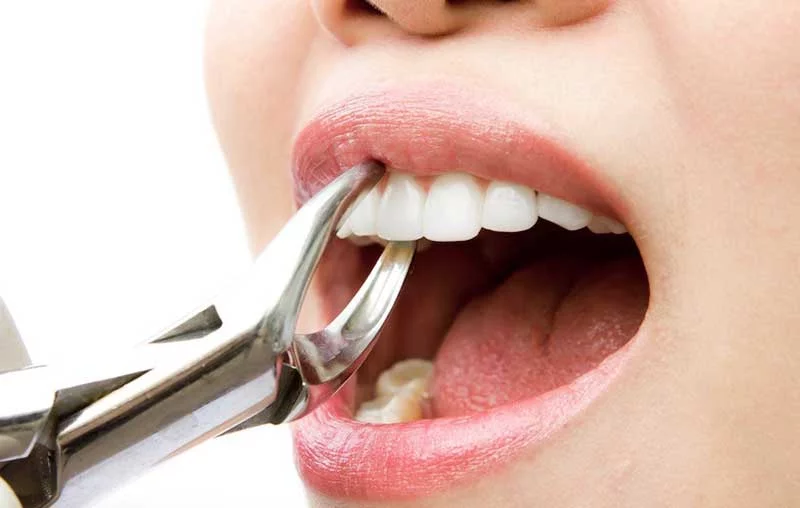
05. Extractions of teeth
Some teeth get so badly decayed that they’re no longer saved and must be extracted. A tooth extraction will leave a gap between your teeth, allowing your other teeth to move. Consider having a bridge or a dental implant to replace the lost tooth if necessary.
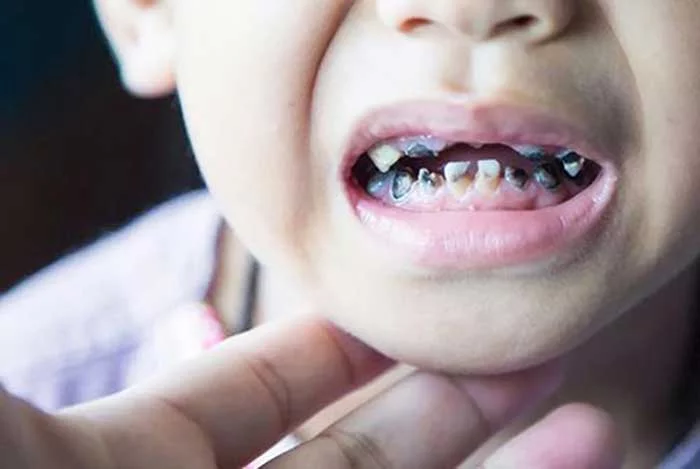
What is severe tooth decay?
Tooth decay reaches its final situation and it is considered severe tooth decay. In severe tooth decay, one goes through an abscess. In the initial stage, plague forms, then enamel gets damaged gradually it damages the pulp then in the severe case an abscess is found.
Bacteria may infiltrate the pulp as tooth decay progresses, causing an infection. An abscess is a pocket of pus that forms at the bottom of your tooth as a result of increased inflammation in the tooth.
Abscesses in the teeth can cause excruciating pain that can spread to the jaw. Swelling of the gums, fever, ears, chin and swollen lymph nodes in the neck are all possible symptoms.
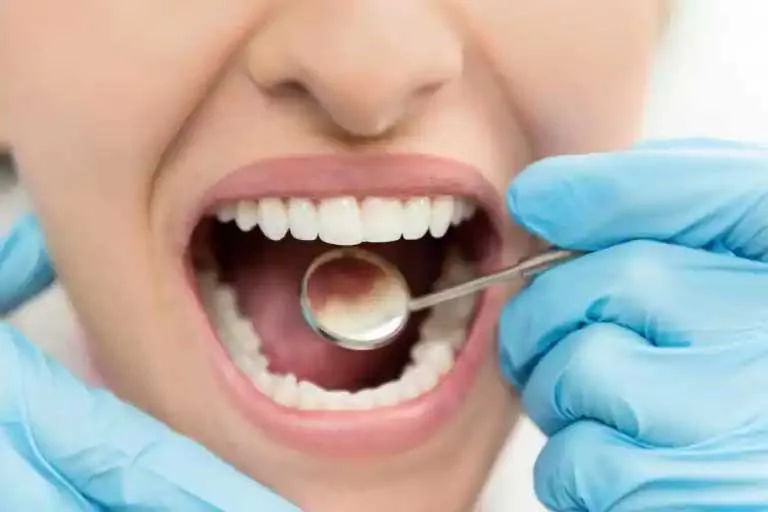
Causes of bad cavities by bad practices?
Often your bad habits can also lead you to bad cavities. We don’t unknowing the result. Certain bad habits are:

01. Eating Habits
If you constantly grab sugary food and do not wash your teeth properly then you will definitely face a cavity in the near future.
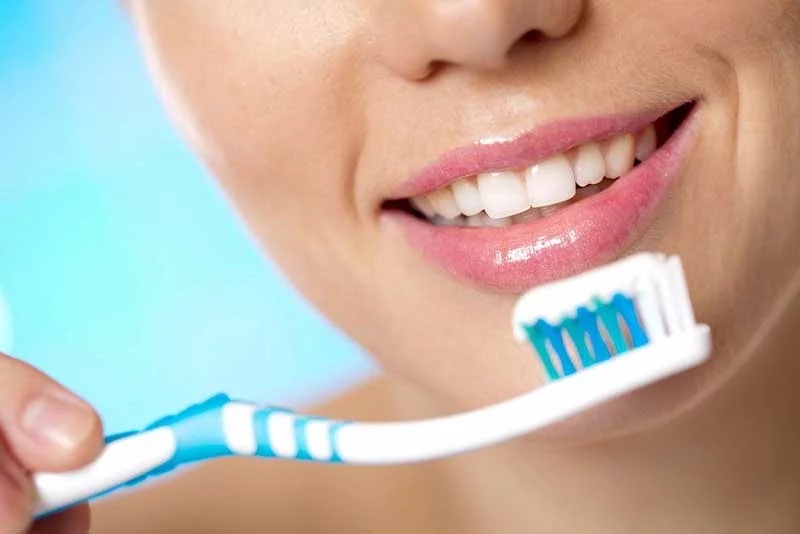
02. Improper Brushing
In our daily routine, we brush after waking up from bed. If you brush your teeth in the morning as most of the people do then it will not be able to remove that sugar from your teeth which is stored after breakfast. So the wise decision is to brush your teeth after your breakfast or after having any sugary food.

03. Bedtime Feeding
we have a kind of craving for food, especially at midnight. Or we feed our infants a bottle of milk or sugary juice before they go to bed. But this bad habit can cause serious damage to your teeth and your infant may face a worse situation.
